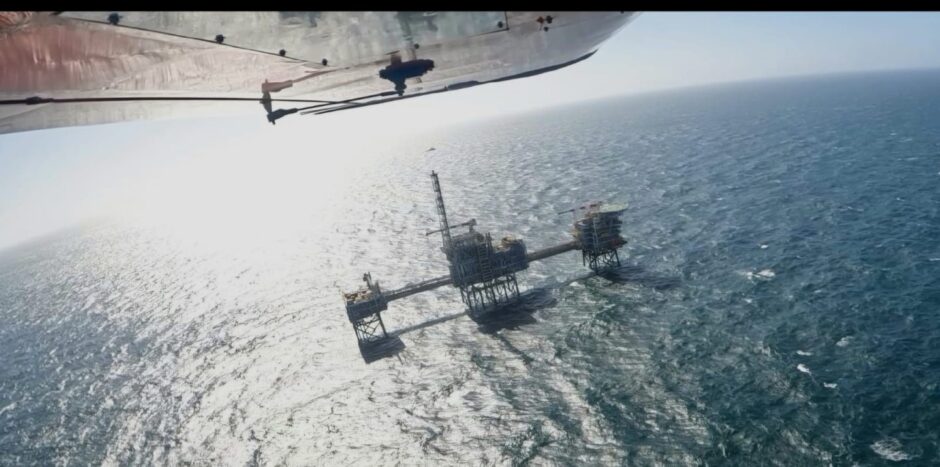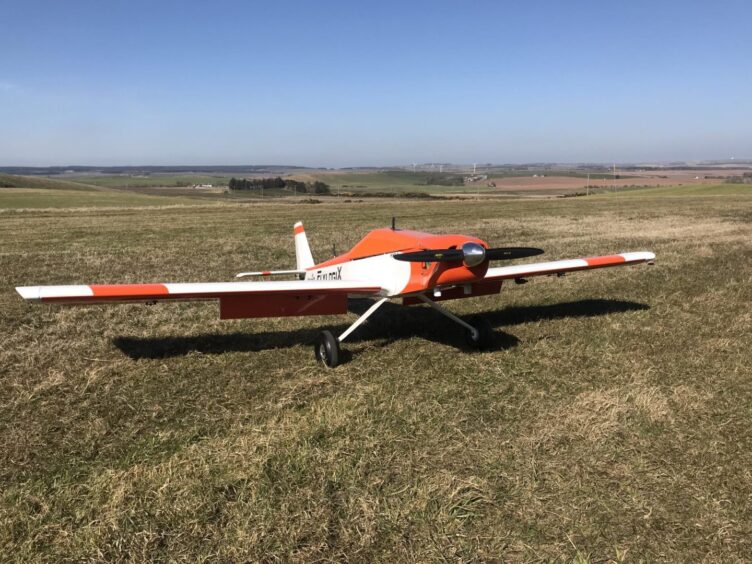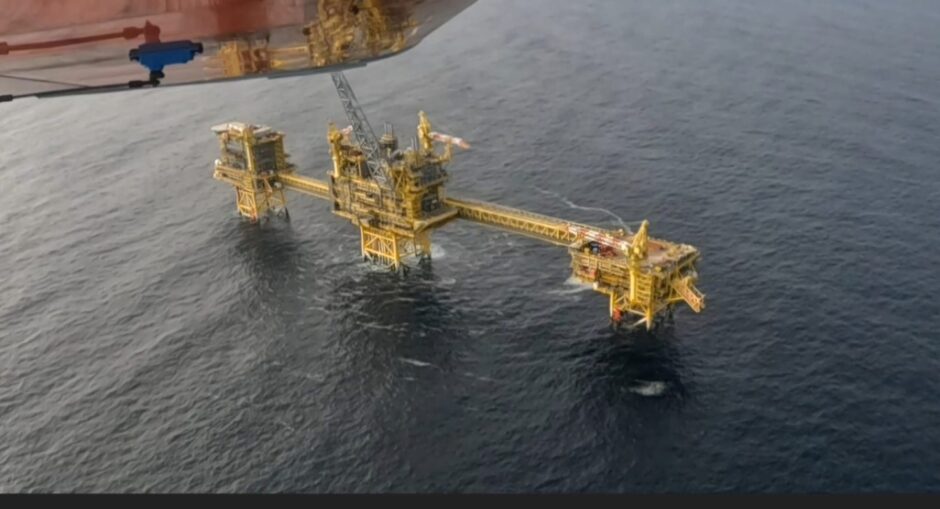
An upcoming North Sea drone trial could help establish new regulations to promote increased use of drones across the region.
Uncrewed aviation firm Flylogix is participating in the six-month Civil Aviation Authority (CAA) trial, expected to commence in spring 2025.
Flylogix currently offers methane emission measurements of offshore oil and gas assets. The group counts several of the largest oil companies working on the UK continental shelf among its customers, including BP and Shell.
Its services see an uncrewed aircraft fly out to assets in the North Sea, circle them for around 45 minutes to gather emissions data, before flying back to shore.
Working alongside the National Air Traffic Service (NATS), Flylogix will test how to safely integrate drones flying beyond visual line of sight of their operator in UK airspace. It aims to gather safety data around how drones interact with other aircraft.
In turn, the trials will help the CAA develop policy and regulations with an eye toward potentially integrating drones with other airspace users across the UK.
Under the trial, the CAA will waive much of the red tape around flying uncrewed aircraft across the North Sea, allowing for speedier deployments compared to the current system.
Speaking to Energy Voice, Flylogix CEO Charles Tavner explained: “For the last six years, we have to put in requests nine months before we do a measurement to ask for the bits of airspace that take us out to the asset.
“Those permissions then sit in place for 90 days, so it just makes planning both for us and for the customer quite hard work.”
The CAA and NATS trial will allow Flylogix to fly its drones under the same rules as crewed aircraft across the northern and central North Sea.
“With this new regulatory regime, we would only need to file a flight plan,” with the flight tower in Aberdeen. That means it could be approved in less than 24 hours. “If there’s an emergency, we can go in an hour,” Tavner added.
Methane emissions
At present, Flylogix’s methane emissions services are limited by the regulations requiring it to plan operations nine months in advance.
“The reason we do planned methane emission measurements is that it’s the one service that can tolerate nine months of planning to go out and deliver because it’s not particularly time critical,” Tavner explained.
With the wait time slashed, the company can be more flexible and reactive in their offerings, adapting to customer needs.
“Customers change their mind,” he noted, sometimes prioritising different assets after flight permission has been requested.
In addition, the new rules allow Flylogix to react to any unplanned emission events.
“There are incidents on offshore assets where they’ll have a small leak which isn’t heavily publicised,” Tavner noted. “But those types of things do occur fairly regularly.”
If the trial is expanded beyond its initial six-month scope, it could enable operators to develop an on-demand service for monitoring methane emissions.
The North Sea Transition Authority (NSTA) has mandated a series of targets for operators, reducing methane emissions by 10% against a 2018 baseline by 2025, 25% by 2027 and 50% by 2030.
OEUK has praised oil and gas operators, saying they are on track to achieve targets ahead of the 2030 deadline, having hit the 25% target ahead of schedule.
However, on a global scale, the energy industry has been struggling with methane emissions. The International Energy Agency warned that emissions stayed near a record high in 2023 despite industry pledges to reduce them.
With over 100 operating assets across 283 active oil and gas field in the North Sea, making multiple measurements a year is a time-consuming and costly task, especially if using people to do the work.
Offering a fast and cost-effective solution will be vital to helping operators combat methane emissions.
Beyond the trial
During the initial six-month trial, Flylogix will provide feedback on how its drones interact with other air users and air traffic control.
“The CAA are very supportive of the need to extend things,” Tavner said. “But clearly you need to bite it off in chunks. The first six months is trial it, prove it, and then we can extend it and do more.”
Extending the regime beyond six months represents a potential first step to opening up the North Sea to greater drone usage for a larger number of purposes.
“This is a much more significant blueprint for North Sea aviation,” Tavner noted. “Going out and demonstrating that an uncrewed aircraft can deliver commercial services alongside crewed aviation is a blueprint for other uses like surveillance pipelines or internet cables, or search and rescue support. They’re all by their nature on demand.
“In the fullness of time, the trial allows all other uncrewed aircraft services that to offer services that, to date, just haven’t been practical within the restrictions of current regulation.
“All of these applications require integration of crewed and uncrewed aircraft in a complicated environment. Delivering this service in the North Sea creates a blueprint for drone use that can be applied in the UK, and also the rest of the world.”
He added: “Demonstrating that blueprint robustly with a leading regulator in the UK allows you to then export that skillset. That’s one of the central themes about technology in the oil field, that the technology will outlive the reservoir or the basin in the North Sea.”
Growth
Furthermore, should the trial become permanent, it could spur greater investment across Scotland and the UK. Flylogix noted it would improve the business case for the company investing in two potential sites in Scotland to create drone bases.
“At the moment when we run operations, we have temporary bases in Shetland and Aberdeenshire,” Tavner explained. “Making the trial permanent would open up the ability to put in a permanent base in Shetland and a permanent base in Aberdeenshire with permanent crews.”
This would represent a potential next stage of growth for the company.
“We want to establish a really solid base in Scotland delivering methane services and a complementary service, such as maritime security.
“And then what we want to do is transplant that service and start to offer that in other regions, as aviation regulation matures in around the world.”
It also represents a source of growth for Flylogix, which went into administration in 2022 before undergoing a management buyout in a £46,000 pre-pack deal.
“Going through that experience, we learned some hard lessons,” Tavener said. “The service we offer is slightly different from before and the team is more focused and leaner.
“Having rebuilt a service with most of our original customers, we’ve been working for the same group of people and we’re back now to a growth phase and a place where we can remove that big roadblock about airspace availability and get to a more flexible service.”

 © Supplied by Flylogix
© Supplied by Flylogix © Supplied by Flylogix
© Supplied by Flylogix © Supplied by Flylogix
© Supplied by Flylogix